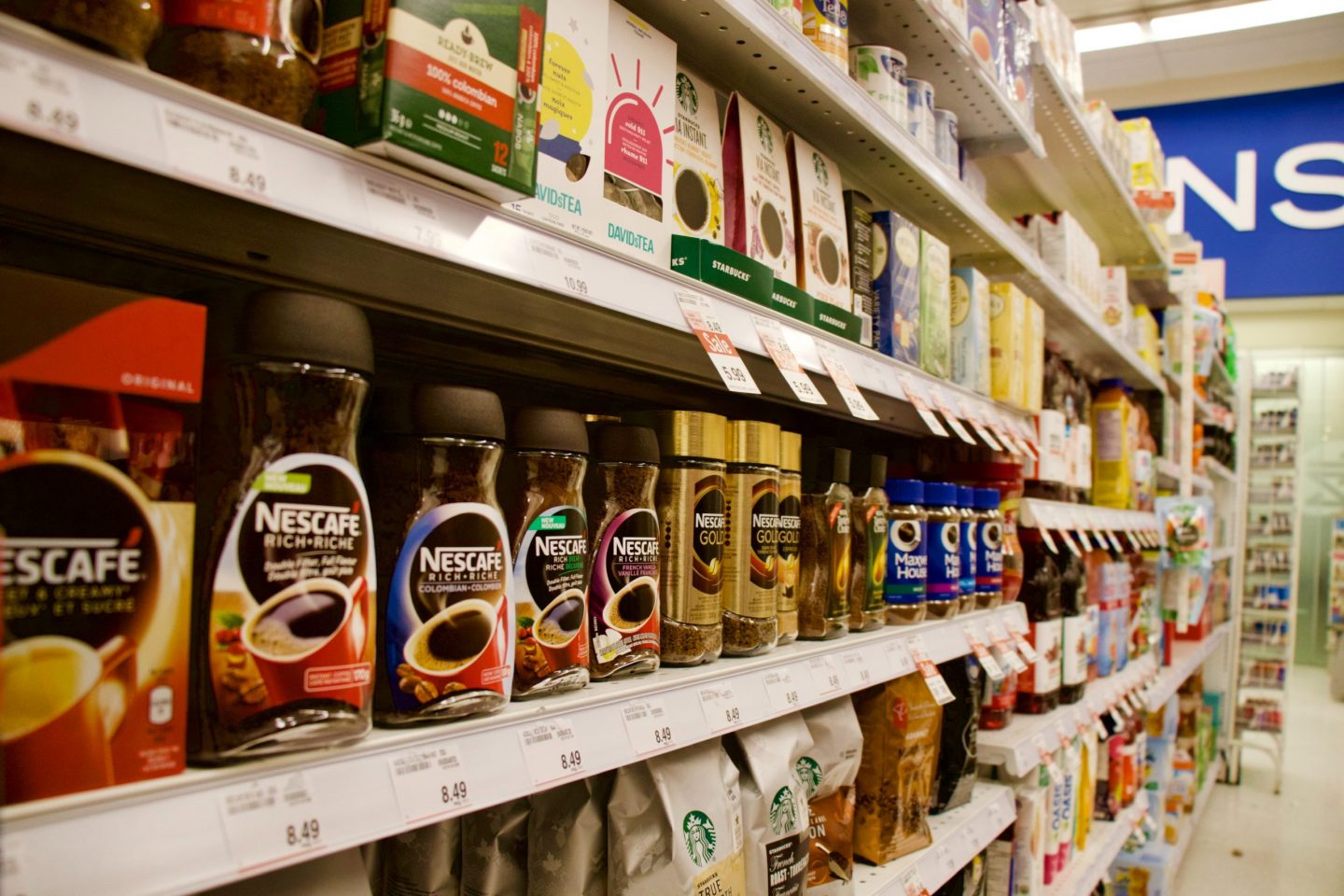For Good And Bad: Shops Continue To Ignore The Government’s Dual Pricing Directive
It has been months since the government caved in and introduced foreign currency auctions that at least obey the market forces of supply and demand. While the rate appears tamed at least for now, they have struggled to persuade the business community to adopt the prevailing official rate. They have also failed miserably to make business display dual prices at official rates. For better and for worse businesses have defied countless directives and threats.
Failing at the impossible
We have looked at some of the reasons why the government has failed in a previous article but some of the prevalent arguements can be summarised as follows:
- Dual pricing is expensive to implement as it will no doubt require some investment in system upgrades. With margins already so razor thin a lot of businesses simply do not want to expend resources doing something our mercurial government can just reverse without warning.
- It’s impossible to implement in some cases take for example airtime vouchers which are printed in advance. You would need to be clairvoyant to do it right.
- Dual pricing makes goods expensive in USD terms and thus cause big business to lose customers to small tuckshops that are not under scrutiny and thus play by their own rules
- It’s just tedious as shop workers have to spend lots of man-hours updating tags instead of offering actual value to customers.
- It creates pricing headaches as the prices you charge have to match the official rate which is not always a good thing.
Big shops offer discounts
As already said no one is really doing this dual pricing full time. The Reserve Bank of Zimbabwe estimates that as much as 50% of the transactions in Zimbabwe are now in foreign currency which mostly means the US dollar. Big shops have learnt that if they want to lure customers who transact in foreign currency they cannot in all honesty adhere to the official rate which is rather low. Using the official rate to convert ZWL prices leads to steep USD prices which no one is willing to pay. Using low USD prices as the base creates problems as it leads to ZWL prices that are too low.
To navigate the schism big shops have come up with a simple solution. They charge prices in ZWL as they have always done.They then use the official rate to calculate the USD prices that serves no other purpose except to please the money gods at the RBZ. They then offer an appropriate discount meant to make sure that their USD prices are competitive when compared to the socalled tuckshops. This way everyone who matters is pleased. The customer gets to pay a low price, the government gets to see their “official exchange” rate in action and the shop gets to do business.
Minister Nzenza and the whip
The Ministry of Industry and Commerce are the latest officials to threaten businesses for not using an official rate. They have said they will send out a team to go and investigate and punish businesses that are not following these rules:
If the official rate of the day is ZW$90 and others are offering ZW$120 that is against the law but this monitoring group that I have mentioned is going around the provinces.
If they find such acts going on, they go to that particular shop. They are not getting into each and every shop but what I promise is that we are working in all the provinces.
Minister Nzenza on the issue
This is again likely to fail as it’s hard to prove a shop is not using the official rate. At the very least shops have chosen to use the ZWL as the base as it leads to fewer problems as opposed to using the USD as their base. Behind the scenes the USD is always the basis of all prices and an unofficial rate is applied. However for official purposes shops use the official USD rate to come up with the “official” USD prices to which a discount factor is applied that will yield the desired USD prices.
Stay Ahead of the Game!
Get exclusive updates on prices, deals, and rates directly to your WhatsApp! Don't miss out on the best offers from Zimpricecheck.com.





